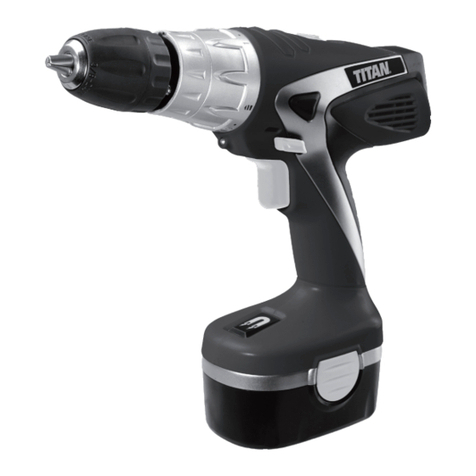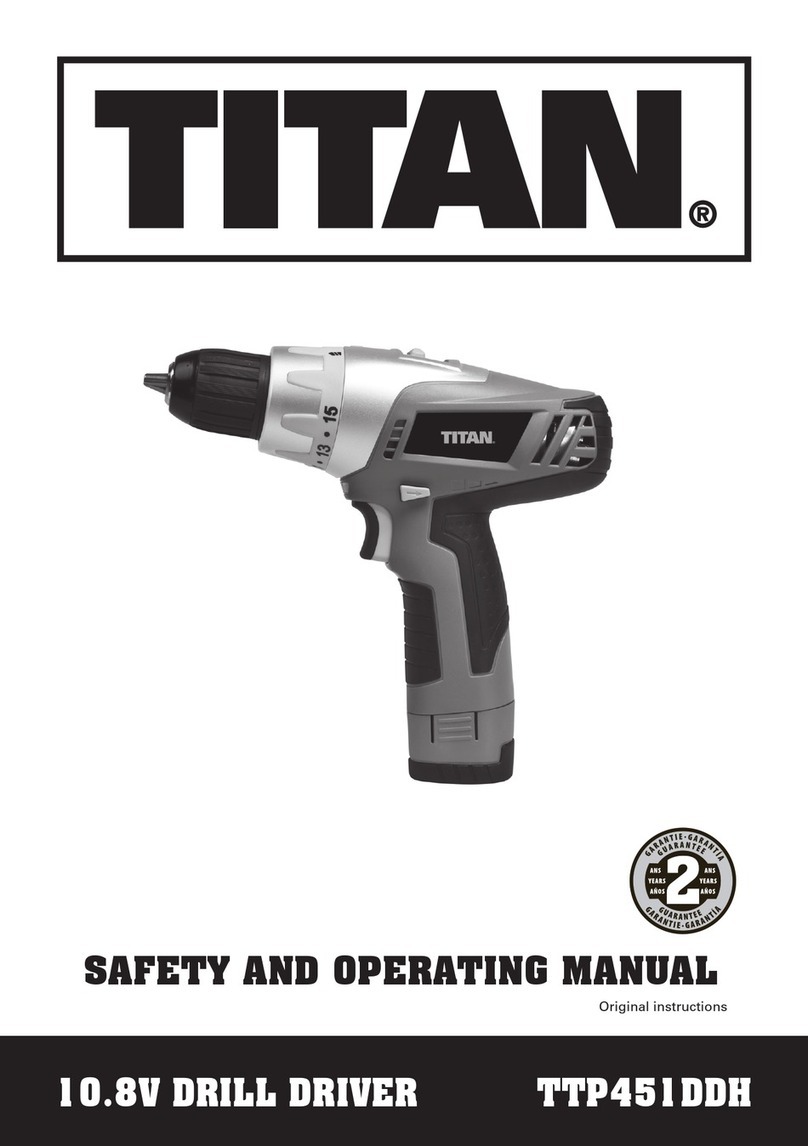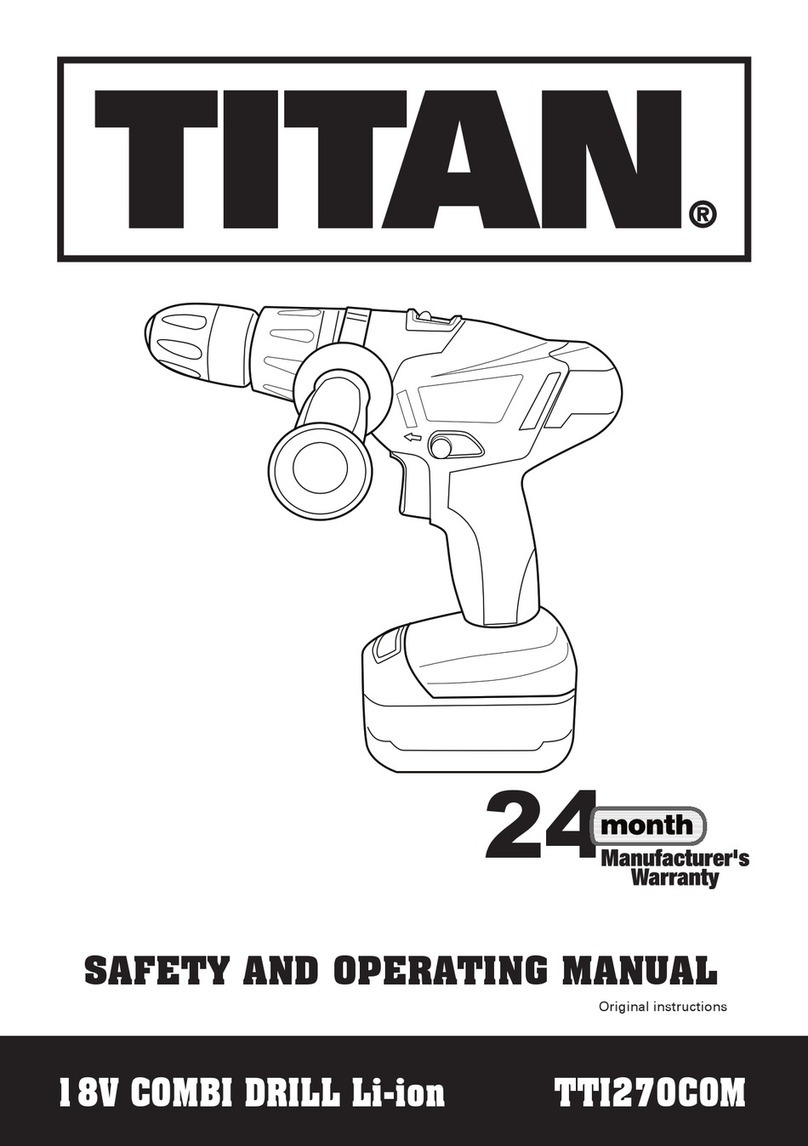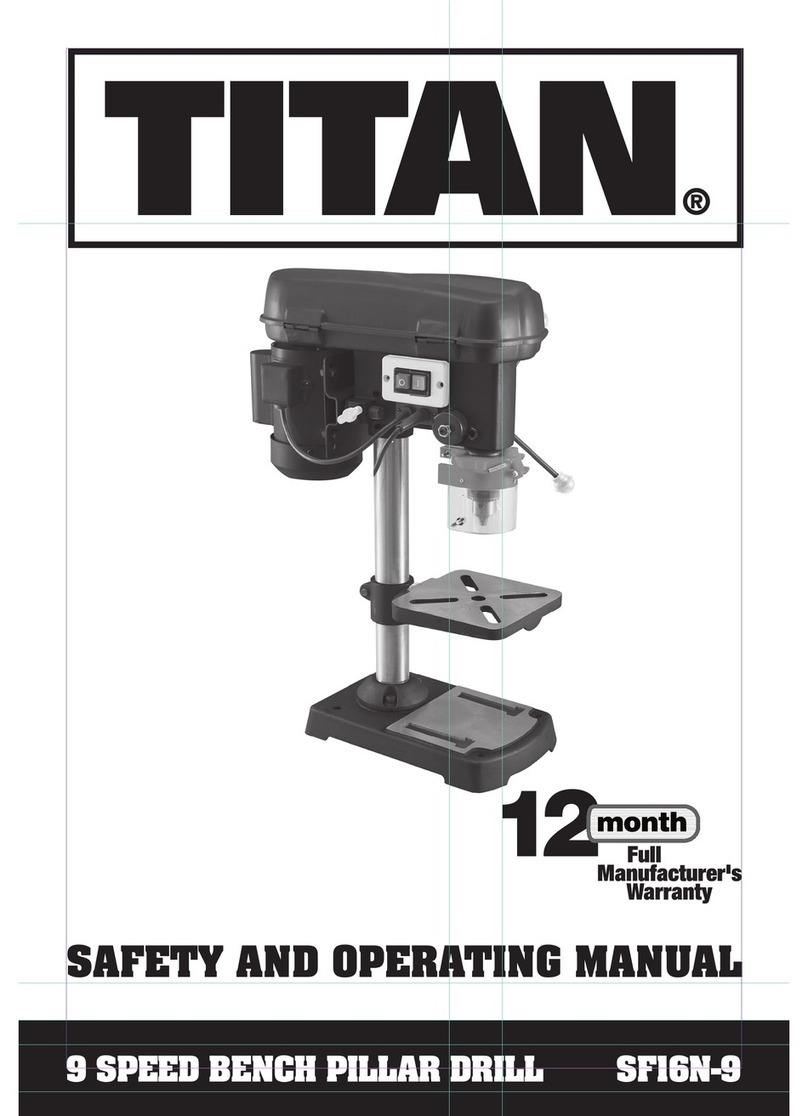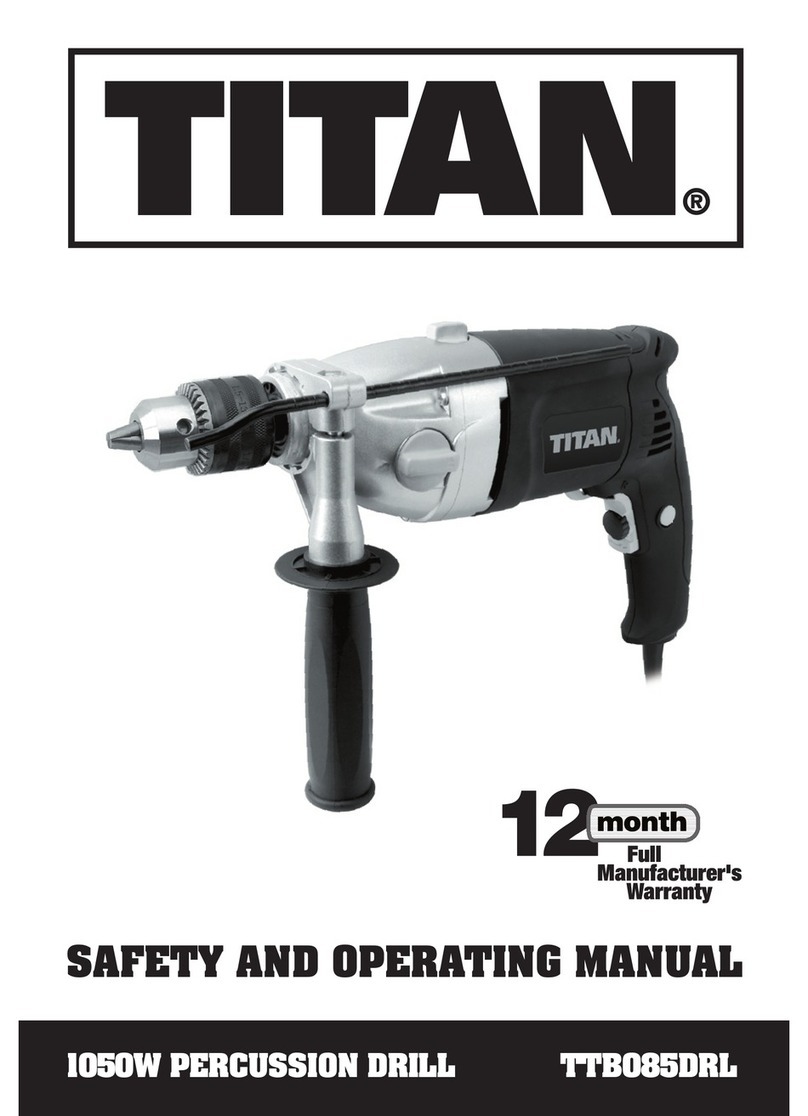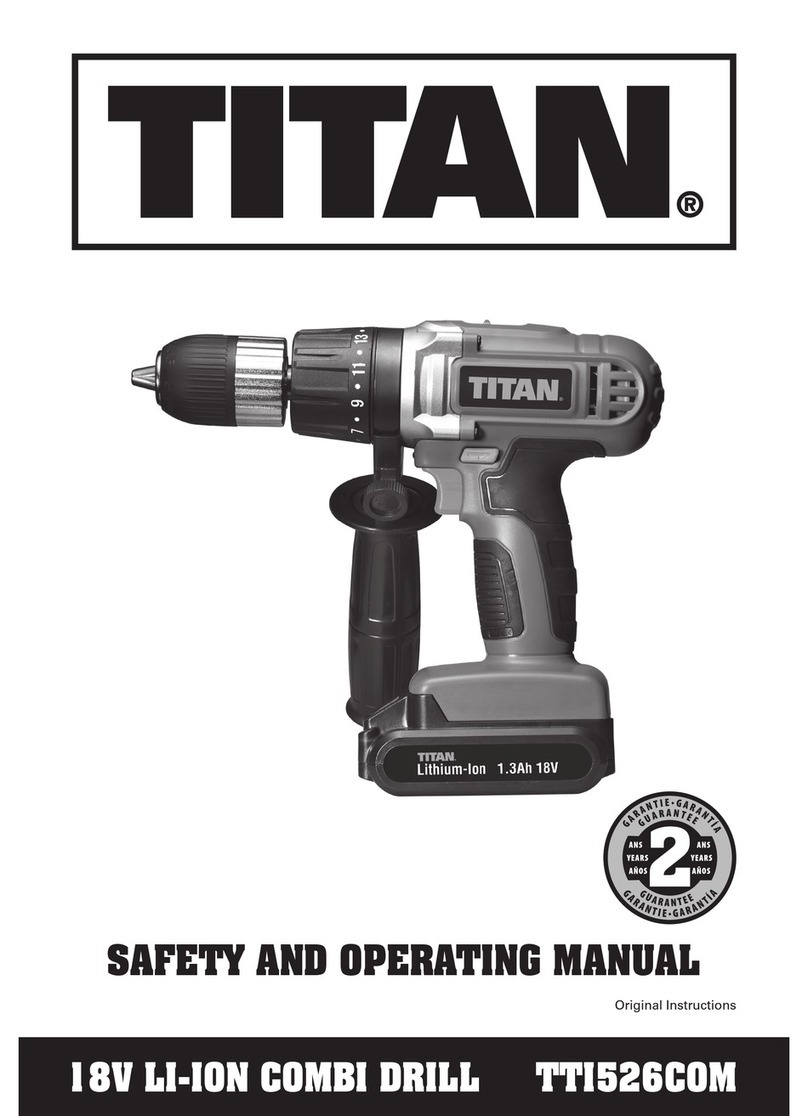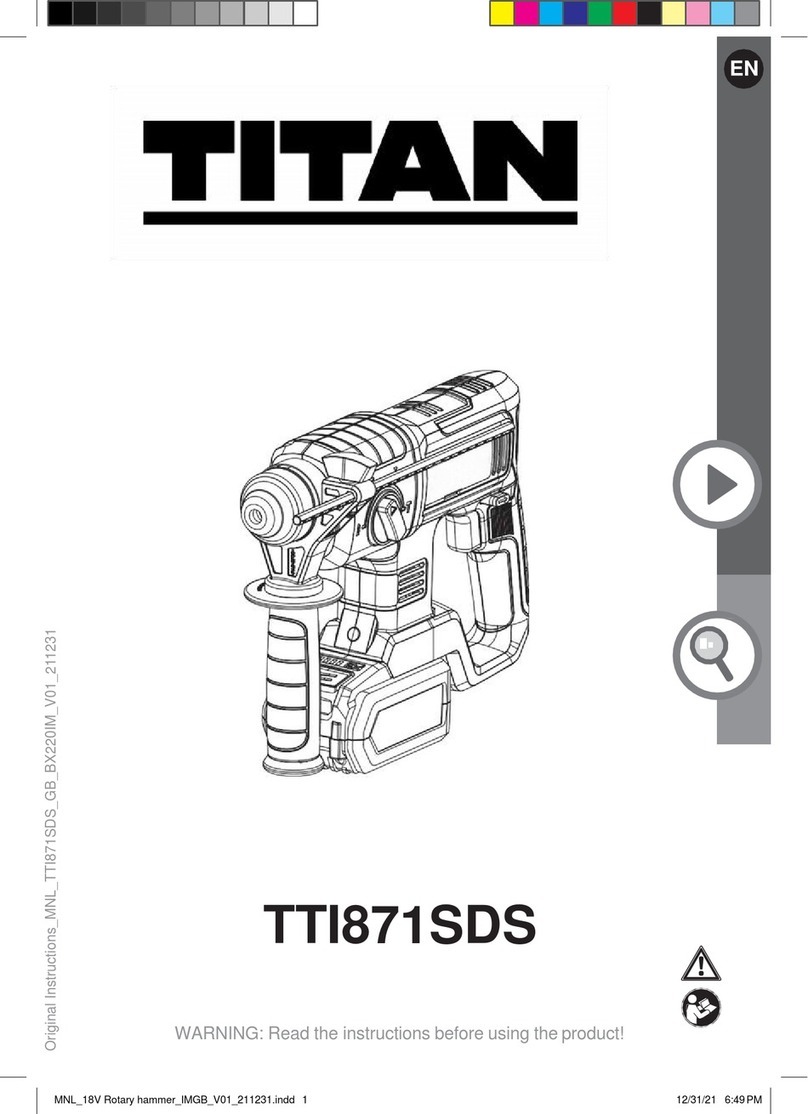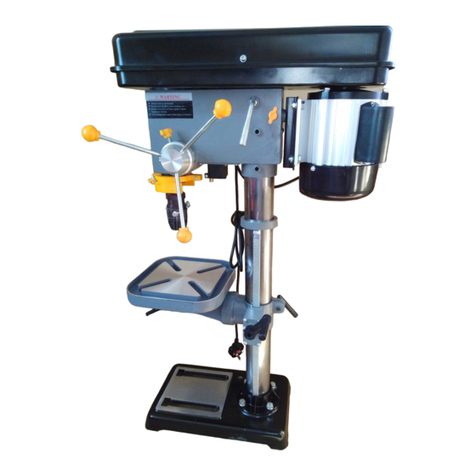FOR BATTERY
1. Always remove the battery pack from the charger immediately after re-charging is
completed.
2. When not in use, remove a charged battery pack from the charger.
3. Do not charge a damaged battery pack.
4. Do not charge non-rechargeable batteries.
5. Lithium-ion and lithium polymer cells and battery packs may get hot, explode or
ignite and cause serious injury if exposed to abuse conditions.
6. Do not install the battery backwards so the polarity is reversed.
7. Do not connect the positive terminal and negative terminal of the battery to each
other with any metal object (such as wire).
8.
Do not carry or store battery together with necklaces, hairpins or other metal objects.
9. Do not pierce the battery with nails, strike the battery with a hammer, step on the
battery or otherwise subject it to strong impacts or shocks.
10. Do not solder directly onto the battery.
11. Do not expose battery to water or salt water, or allow the battery to get wet.
12. Do not disassemble or modify the battery.The battery contains safety and protection
devices, which, if damaged, may cause the battery to generate heat, explode or
ignite.The protection circuit module provided with battery packs is not to be used
as a substitute for a shut-off switch.
13. Do not place the battery in or near fire, on stoves or other high temperature
locations. Do not place the battery in direct sunlight, or use or store the battery
inside cars in hot weather. Heating the battery can damage the safety circuitry,
which can cause additional heating, rupture or ignition of the battery. Using the
battery in this manner may also result in a loss of performance and a shortened life
expectancy.
14. Do not place the battery in microwave ovens, high-pressure containers or on
induction cookware.
15. If you intend to store a battery for a period without use then store battery at room
temperature (19°C to 25°C), charged to about 30 – 50% of capacity. When storing
for very long periods boost-charge the battery once per year to prevent over
discharge.
16. Always charge the battery in a temperature range of 0°C to 45°C and discharge in
a temperature range of 0°C to 75°C.
17. The battery pack and charger will be warm during charging, this is normal.
18. Do not continue charging the battery if it does not recharge within the specified
charging time. Doing so may cause the battery to become hot, explode or ignite.
The temperature range over which the battery can be charged is 0°C to 45°C.
Charging the battery at temperatures outside this range may cause severe damage
to the battery or reduce battery life expectancy.
19. When the battery is worn out, insulate the terminals with adhesive tape or similar
materials before disposal.
20. Do not dispose of batteries in fire, or with household waste. Return exhausted
batteries to your local collection or recycling point.
21. Immediately discontinue use of the battery if, while using, charging or storing the
battery, the battery emits an unusual smell, feels hot, changes colour or shape, or
appears abnormal in any other way.
22. In the event the battery leaks and the fluid gets into one’s eye, do not rub the eye.
Rinse well with water and immediately seek medical care. If left untreated, the
battery fluid could cause damage to the eye.
